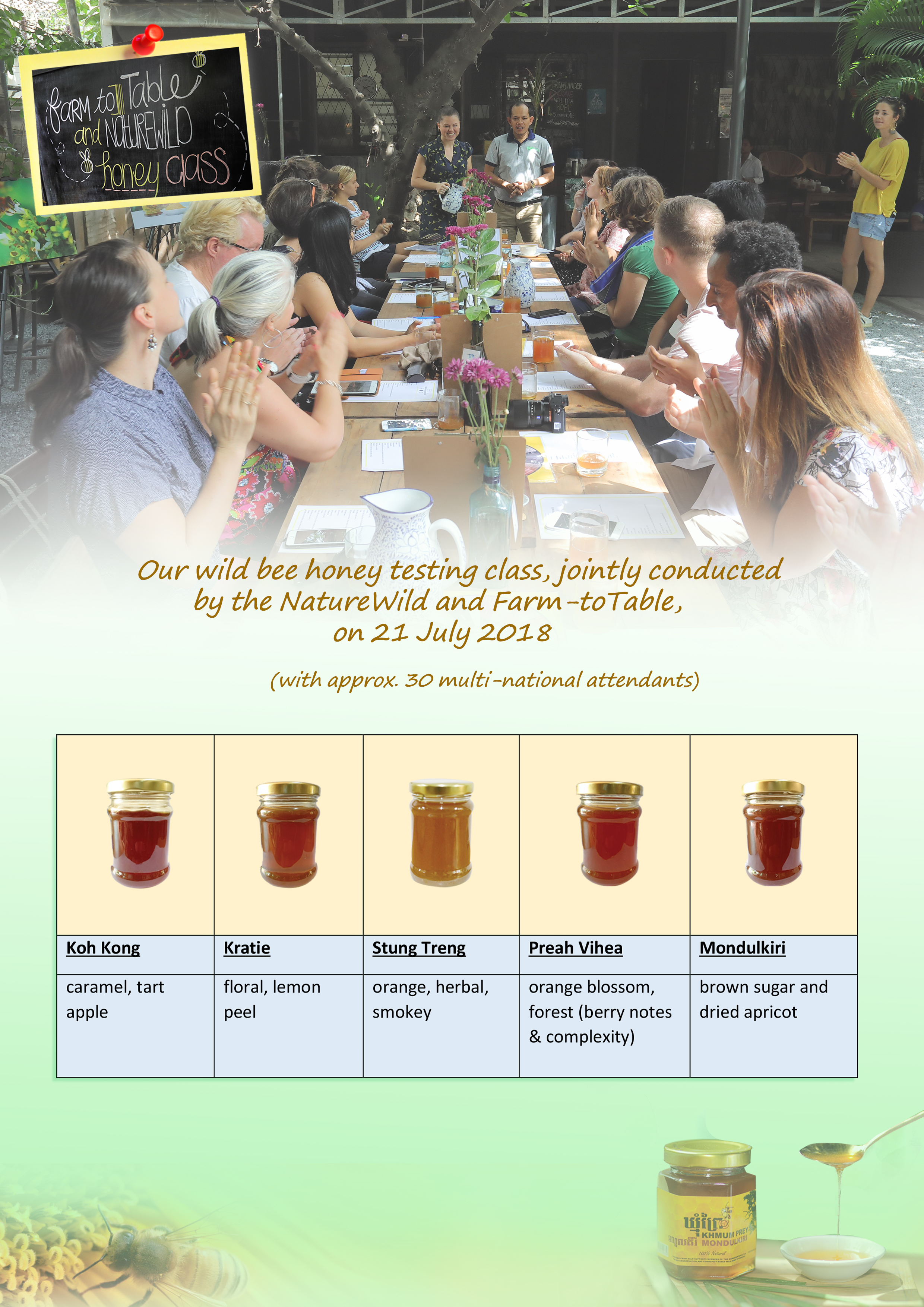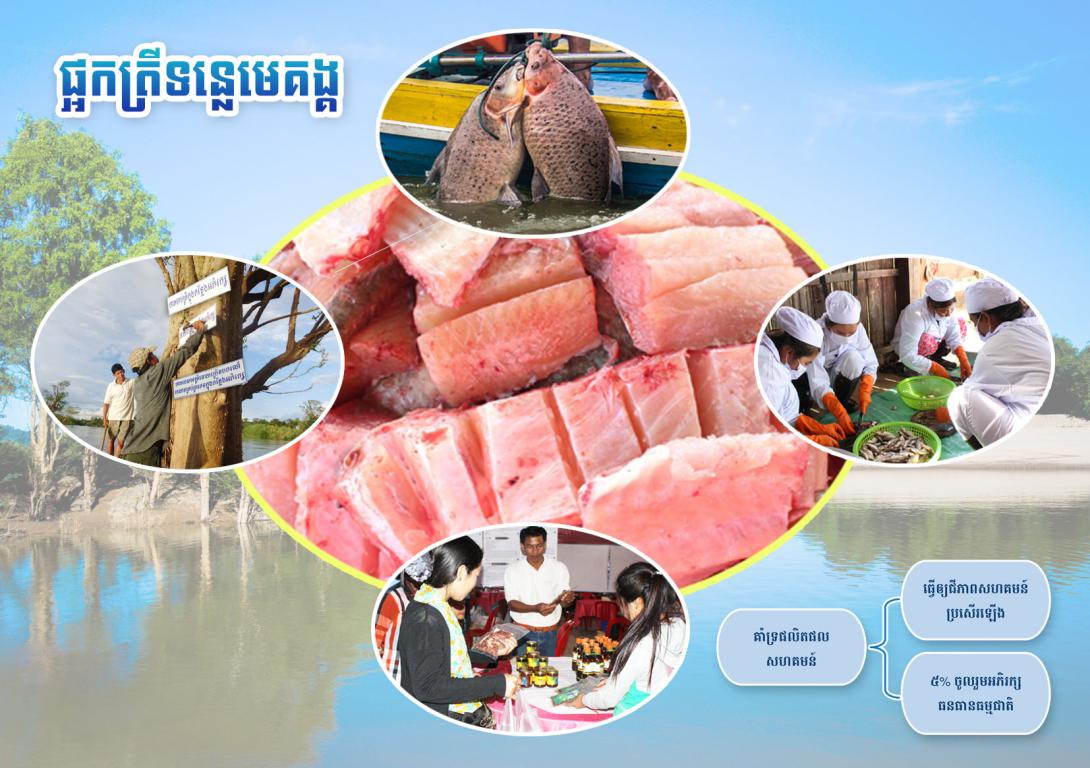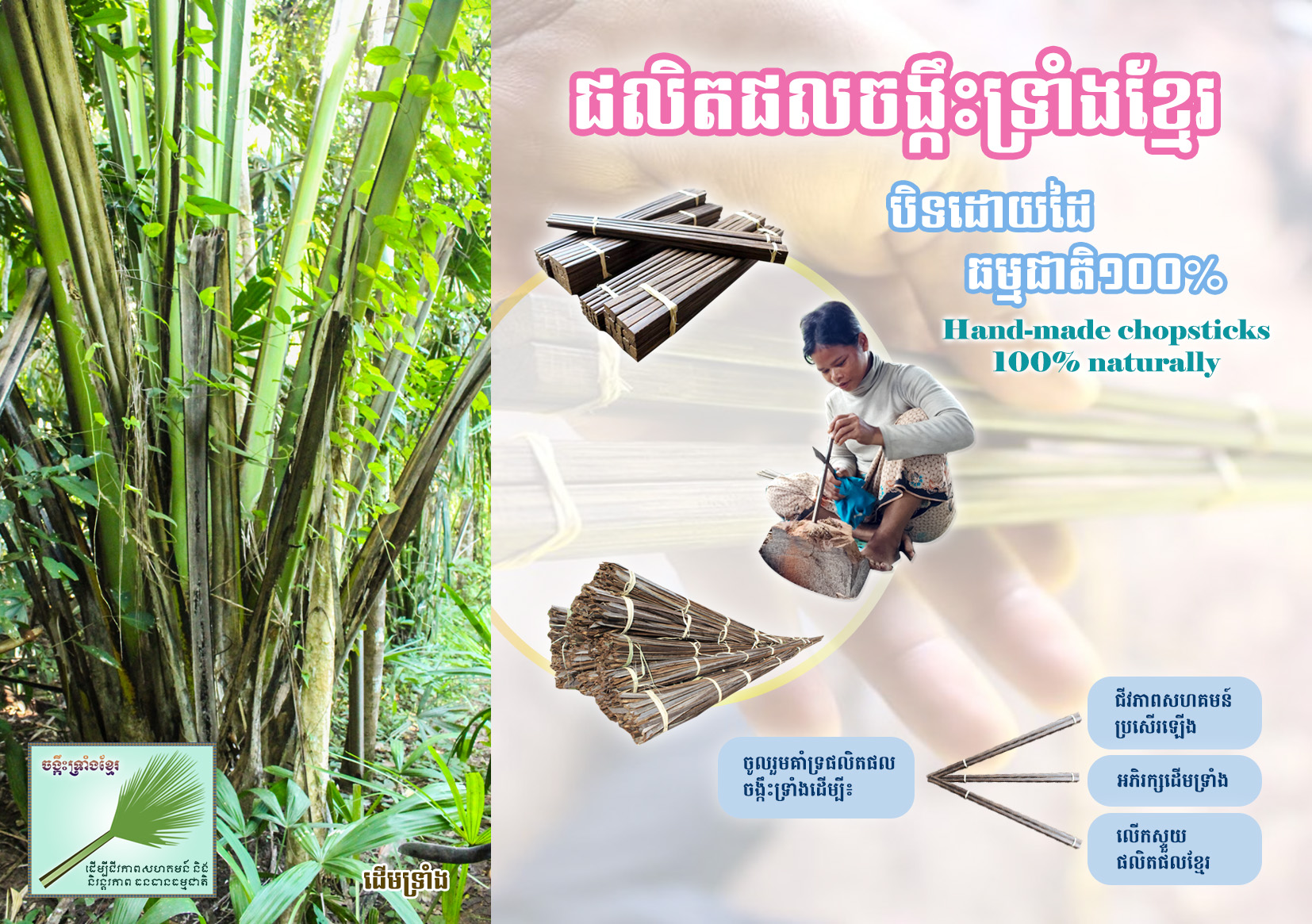Agroforestry in Cambodia commonly found inside or nearby the community forestry, community protected area and protected forest where forest dependent communities are relying on and living on. Agroforestry farming practice is similar to the current practicing of home garden – planting fruit trees integrating with annual and biannual crops. So, the agroforestry approach is considered applicable and sustainable because planting technique is not different from their traditional practice, soil nutrient can be replenished by plant waste, erosion can be minimized and ground water can be sustained. This farming practice can either assure food security or mitigate impact of climate change through sustainable use of land. Furthermore, crop combination system can make more efficient use of labours and equipment, over calendar year, while diversify income for household. It is considered the best cultivation approach at the present context with growth of population and less land availability.
In many cases, the easiest way to create agroforests is to focus on the domestication of non-timber forest products (NTFPs). For Agroforesters, NTFPs are simply under-storey crops and their domestication offers a means for bringing agroforestry into community forestry and farmers into forests. The main management technique for achieving this is enrichment planting with NTFPs.
Main Objectives & Activities
Agroforestry project is to support to community-based enterprise and could be links with existing market of CBE center, Nature Wild and other green market. Below are the key target objectives and activities under Agroforestry project:
Objective 1: Subsistence is improved through generating knowledge, choice and opportunities
- Set up agroforestry piloting or testing site
- Provide training on agroforestry business model
- Promote on-the-job scientific training
- Assess and identify potential resources and groups
- Support the development of system, structure, policies
- Support group business planning, implementation, and quality assurance
- Provide follow up and on-going support
Objective 2: Landscapes and their sustainability are enhanced by better managing their complexity
- Conduct resource assessment on type of agroforestry
- Rehabilitation of NTFP species
- Documentation best practice of agroforestry management model
- Raise awareness on agroforestry concept
- Encourage agroforestry groups to contribute 5% of their incomes to NR conservation
- Support honey groups to monitor the use of contribution funds for conservation
Objective 3: Impacts of agroforestry will be transformed to large-scale through policy, innovation and partnerships
- Study existing product model/prototype of the world
- Design, test, feedback, decision
- Introduce and train selected models to CBEs
- Integrate CCA concept to all steps of agroforestry processing
- Support for any development of national agroforestry policies
- Support development initiatives concerning agroforestry with tools and informationh








